Description
Limited Edition of 700 copies, 350 with a yellow cover, 350 with a red cover, each with a lenticular cover and a 18cm x 19cm colour c-print enclosed in the book (not signed).
Please specify choice of red or yellow cover, note that each colour will come with a different print. here in the gallery
Size of the photobook 290mm X 310 mm
One Sunday in Beijing is a photographic book featuring photographs by artist Michael Kenna Photography. There is a set of window with colored papers to allow several levels of reading to these images, through several frames. On the one hand, the photograph is surrounded by a bright color contrasting with the black and white of the photograph and on the other, the image is directly reframed creating a book with several readings. Bilingual book. From the Yellow Imperial to the red communist flag.
Michael Kenna, photography as a hymn by Fabien Ribery
For the poet and thinker Schiller, in his letters On the Aesthetic Education of Man (1795), far from being a minor personal affair, beauty is first and foremost a sharing, a living force that binds souls, the reassurance of a common world, rendering a noble good.
A confirmation and uplifting of reason, beauty brings each and every one of us a feeling of the infinite, but also of the perfection of our limits, it being possible to consider art as the privileged realm of the accomplishment of human liberty.
When he photographs Beijing, Briton Michael Kenna is far less interested in the pollution or the ravages of market communism, than in the perfection of the forms he observes at length until they take on a profoundly spiritual dimension.
Far from seeking to depict the reign of need and the many constraints in the era of market totalitarianism, the artist takes the scenic route of the sublime, to re-establish the lost unity between man and his environment.
His sensitivity, at times close to the melancholic eye of an Atget, tends to elicit a brutal, impossible reality, the archetypal lines of a first world where the structuring forces of an impeccable geometry create scenes of utmost tranquillity.
The general impression here is one of power emanating from an invisible tension between tranquillity and noise, stasis and speed, nature and politics, piety and paganism, the vernacular and the contemporary, memory and amnesia.
The aesthetic project is also political, bound more closely to the powers of harmony and symmetry envisaged as relational energies than to the countless signs of devastation.
He may use calculation in his desire to represent the visible while transcending it, but this is not so much a frenzied desire to cast reality into a vortex of murderous figures, as it is to impose the golden ratio, to return the symbolic architectures to their rightful place, among and in which we try to imagine our lives.
For Pythagoras as for Michael Kenna, it seems that numbers are everything and that the secret mathematics giving form to the view are the surest way to reveal the mystery of our presence, in the Chinese capital or elsewhere, forever inscribed in an architectonic dimension as comforting and fascinating as it is creative.
So his photography can be thought of as a celebration of the human condition made up of a set of sacred forms, whether we recognise and feel it, or not, this is the whole of his artistic ambition.
In his Chinese work, bamboo comes together with stone, plant with slate, concrete with water, glass buildings with hazy skies.
A tree forms hair in the thick clouds.
A wise Buddha sitting on a lotus is levitating.
The Great Wall of China is a dinosaur looking mockingly at a portrait of Chairman Mao.
Pontoons, bridges, lead to wealthy islands.
Ideograms such as birds of stone trace the lines of our destiny.
The image plays with full-scale miniature trains.
You pray, you build, you move en masse.
And expression is all, everything bears the traits of tranquil delight.
An angel watches over, unless it is an alabaster carving of a pretty worker with small firm breasts.
Michael Kenna does not photograph people, not out of a hunger for cold distance or irony, but because the contemplation of nature involves looking at buildings rather than builders, the stabilised action rather than the contraction of muscles and effort.
The temples he approaches are not manifestations of religious fanaticism, but living pillars where refuge can be found from the deafening roar.
An inner silence beneficial to damned souls emanates from his images.
Rejecting the delights of heartbreak, Michael Kenna builds his work as a space of reconciliation, a land of peace where we can finally drop our emotional armour.
The diptychs of One Sunday in Beijing are arches of welcome for the lost.
and by Pierre Bessard
De la photographie comme art de la paix, par Michael Kenna
Pour favoriser l’intense concentration des artistes de visions, il faut un écrin princier.
Après Pieter Hugo, Guy Tillim et Claudia Jaguaribe, un nouvel artiste d’envergure internationale a bénéficié de l’hospitalité chinoise.
En résidence à l’hôtel de luxe Rosewood de Pékin durant la durée de son projet photographique, Michael Kenna a pu déployer son regard souverain sur une ville aussi trépidante et multiple que de formes pures et archétypiques.
Empreintes d’une spiritualité à la fois douce et puissante, ses images offrent le portait d’un territoire sacré où les signes de l’humaine condition sont un ensemble de structures porteuses de perspectives mystérieuses, et pourtant apaisantes.
Si le vivant qui parle semble s’être absenté de l’espace de contemplation, ne nous y trompons pas, tout bruit de présences invisibles et de paroles muettes.
Les tableaux abstraits qu’aime à composer le photographe britannique sont des invitations à méditer la double nature de notre apparition dans l’ordre général des espèces animales, entre grâce et pesanteur, la beauté picturale des paysages représentés semblant rédimer toute tentation du mal, accompli ou non, historique ou prévisible.
Il y a dans sa nécessité esthétique une façon de réordonner le visible selon un paradigme d’élévation, comme une alliance objective entre les colonnes doriques de notre temps, l’architectonique de constructions grandioses, et l’intimité de la prière, comme une extase toujours possible, de la pierre dressée, du végétal ou de l’orant.
Le vernaculaire rejoint le contemporain en une vaste symphonie de formes saisies d’un profond sentiment d’unité, Michael Kenna envisageant l’éternité comme une organisation de lignes appariées par la puissance de l’inspiration manifestant un très haut degré civilisationnel.
L’artiste fait ainsi du politique une fresque d’événements diluables dans le sublime d’une nature intouchable malgré la violence de ce qui l’atteint.
Le yuan flambe, ou l’euro, ou le dollar.
S’accélèrent les cycles de disparition à l’heure de l’anthropocène.
Reste la volupté du présent de pleine conscience pour qui ressent l’instant comme la pointe désirable et vertigineuse du temps.
Photography as an Art of Peace, by Pierre Bessard
A lavish setting is needed to promote intense concentration among visual artists.
Following in the footsteps of Pieter Hugo, Guy Tillim and Claudia Jaguaribe, a new international artist has been enjoying the hospitality of the Chinese people.
Residing at the luxury Rosewood Hotel in Beijing throughout his photography project, Michael Kenna has been able to give his utmost attention to a city which is as hectic and multifaceted as it is pure and archetypal in form.
Tinged with a spirituality that is at the same time gentle and powerful, his images paint a picture of a sacred land where the signs of the human condition are a set of structures that offer mysterious, yet soothing, views.
Speaking beings may seem absent from the space of contemplation, but let us make no mistake, [there is] every sound of invisible presences and of words unspoken.
The abstract scenes which the British photographer loves to create are invitations to meditate on the dual nature of our appearance in the general order of animal species, between grace and ponderousness, the pictorial beauty of the scenes represented seeming to redeem every evil intention, fulfilled or not, past or future.
In his aesthetic imperative there is a way of reordering the visible according to a paradigm of elevation, like an objective alliance between the Doric columns of our time, the architectonics of grandiose constructions, and the intimacy of prayer, like an ever-possible ecstasy, of the standing stone, the plant or the praying figure.
Michael Kenna envisages eternity as an arrangement of lines brought together by the power of inspiration demonstrating a very high level of civilisation, the vernacular joining the contemporary in a vast symphony of forms seized by a profound feeling of unity.
So the artist turns politics into a panorama of events dilutable in the sublime of an untouchable nature despite the violence of that which wounds it.
The yuan rockets, or the euro, or the dollar.
Cycles of disappearance accelerate in the Anthropocene era.
What is left is a delight in the present, in full awareness, for whoever feels the moment as a desirable and breath-taking point in time.

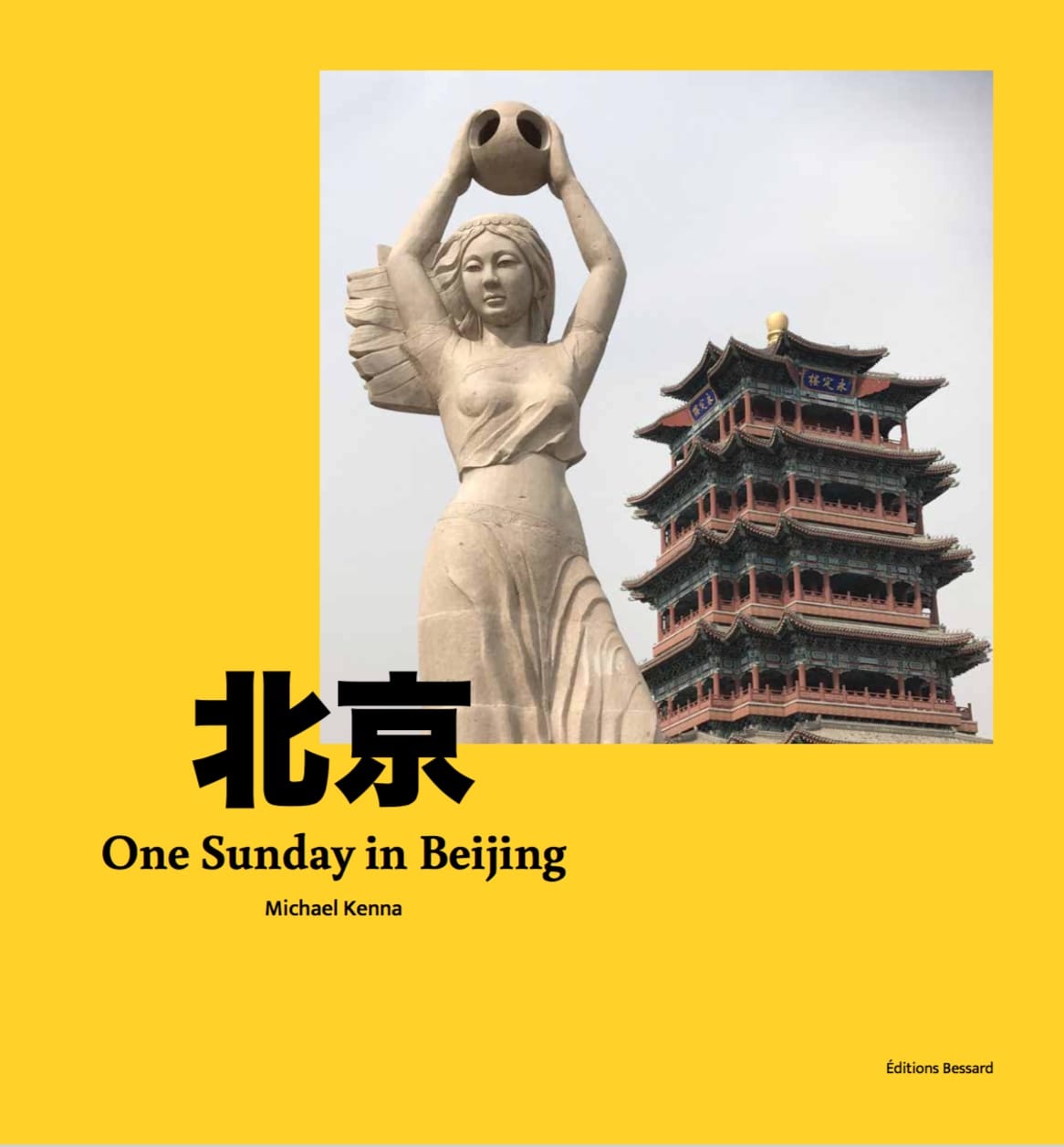

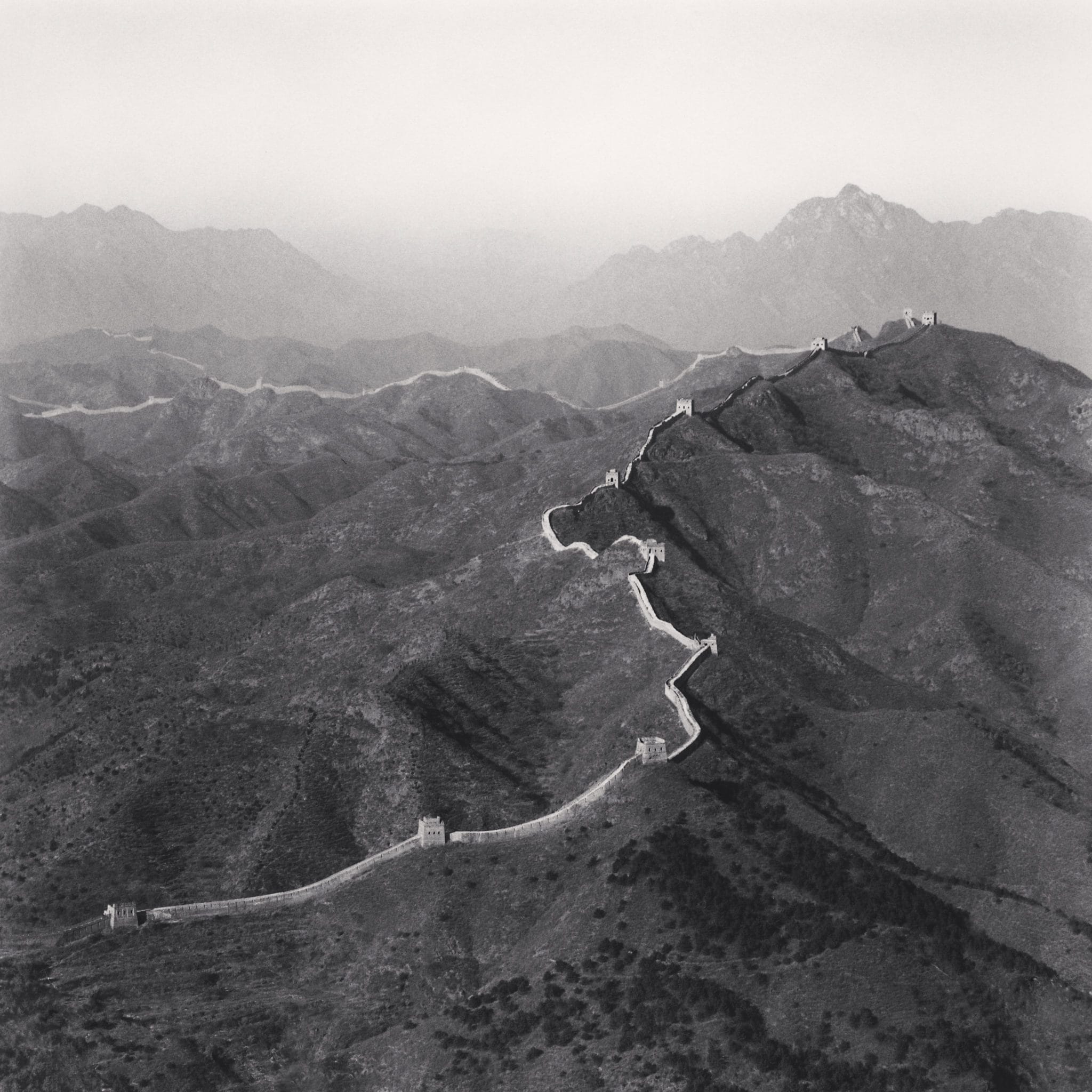
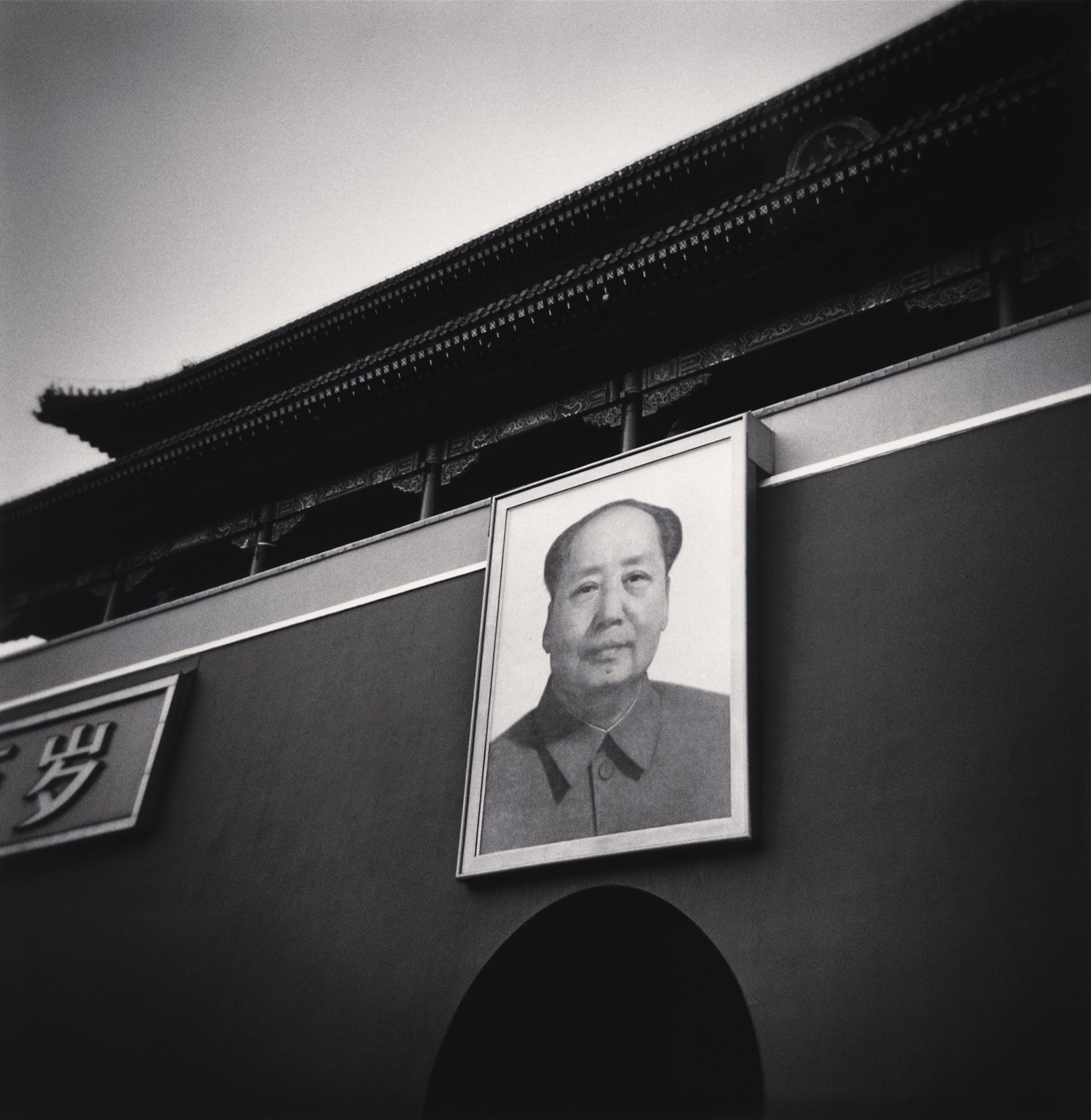
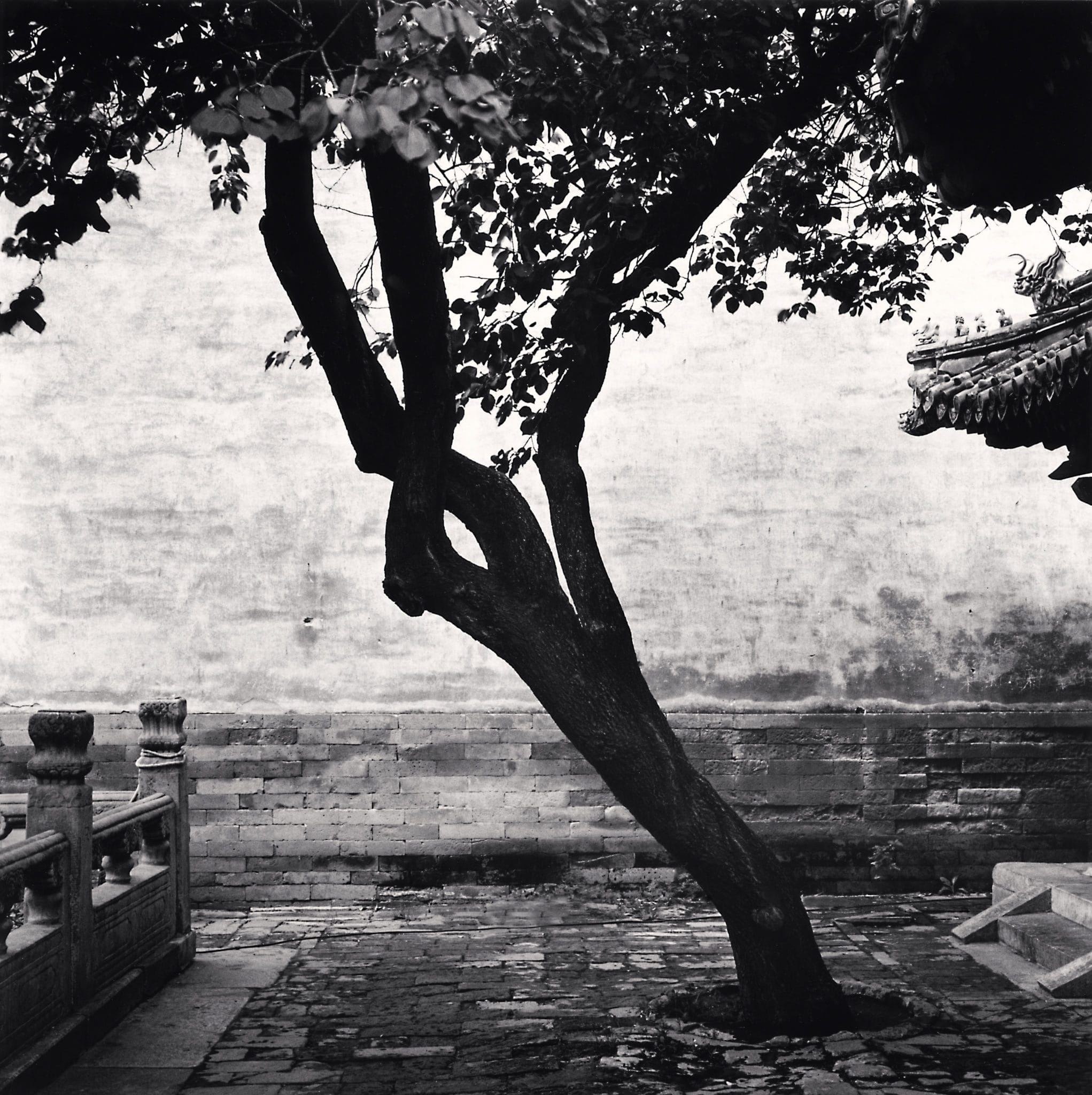
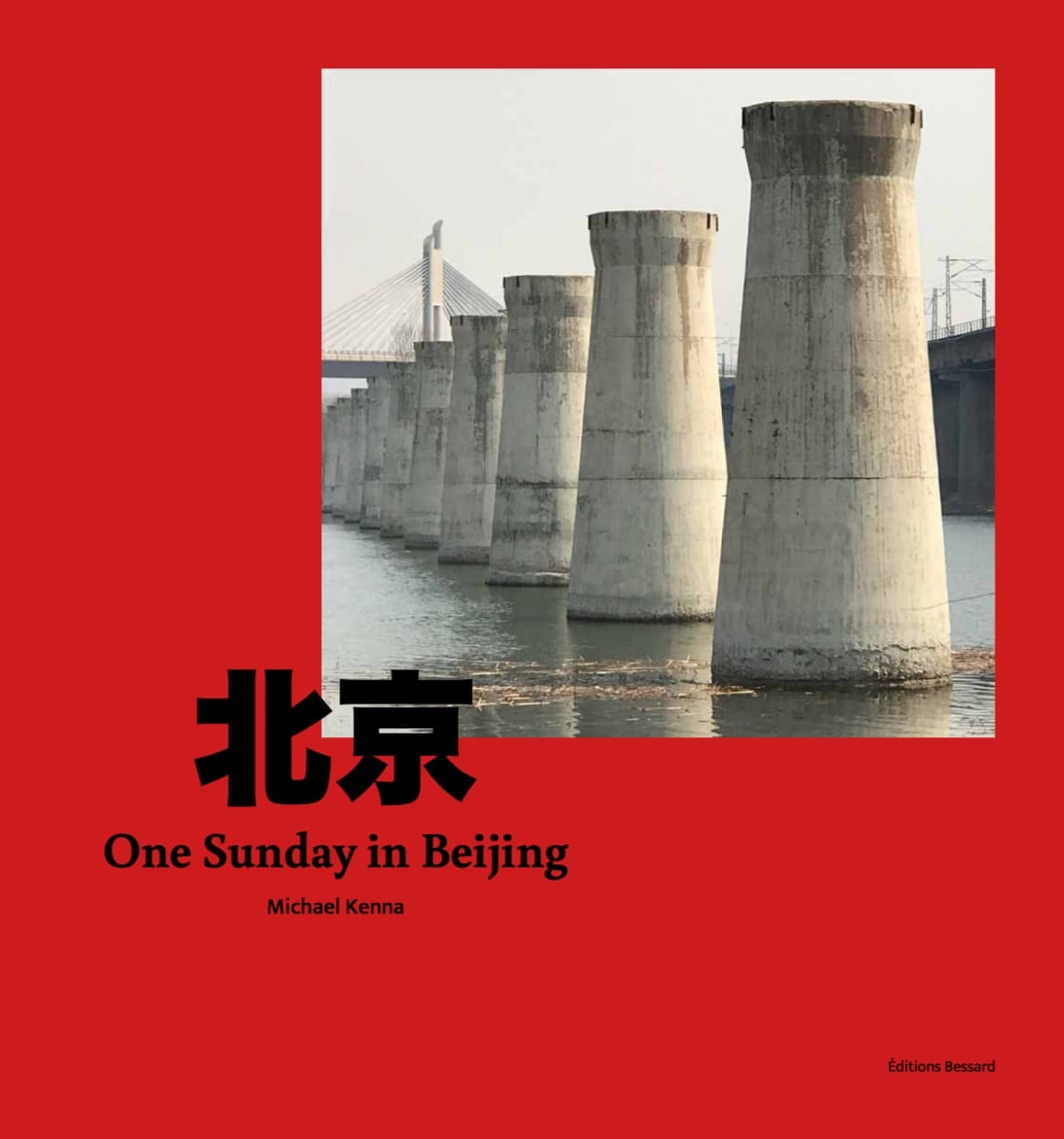
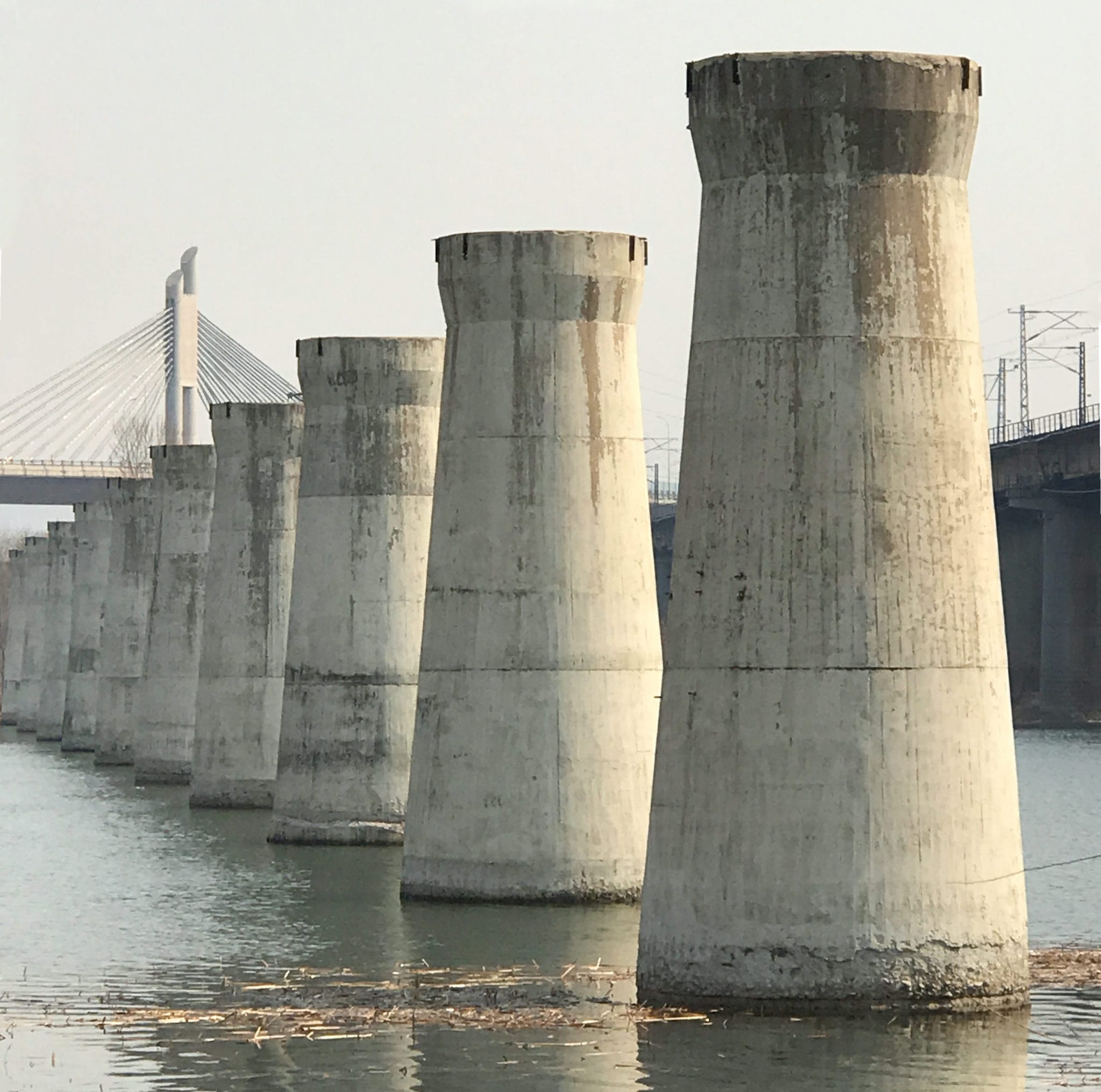

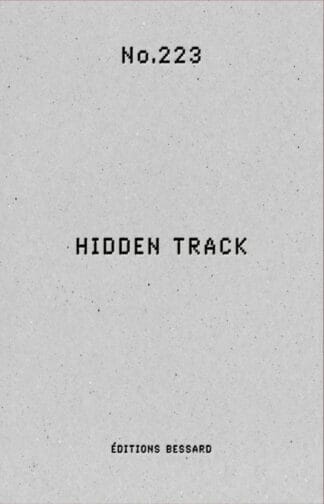
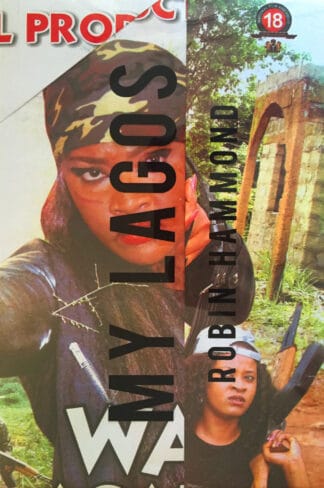
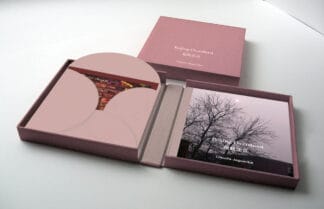

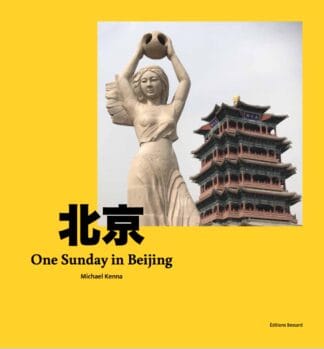
Reviews
There are no reviews yet.